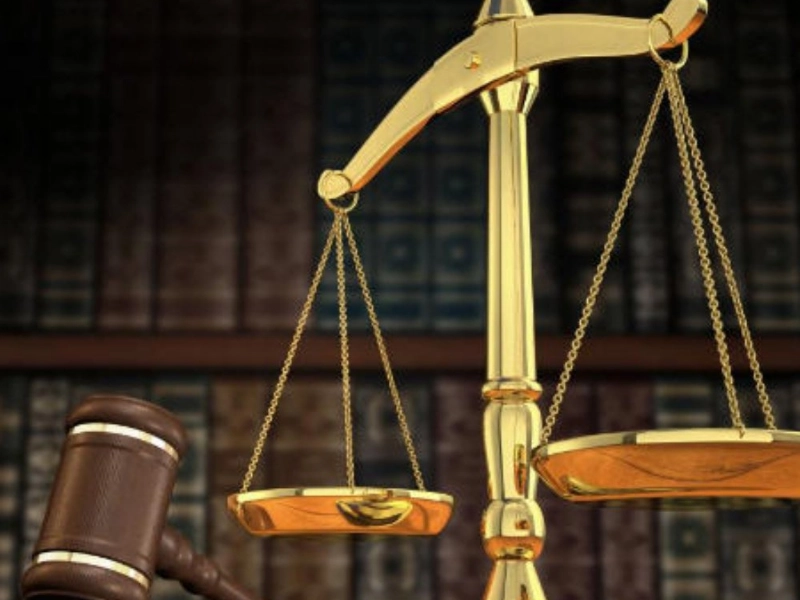Recognising the Function of Attorneys in Purchases and Mergers
In the process of mergers and acquisitions (M&A), lawyers are essential. They provide strategic guidance on how to accomplish the aims of both sides after understanding their respective positions.
They carry out legal due diligence or provide assistance with it in order to assess a target company's viability and valuation. They evaluate the tax ramifications as well.
Exercise legal vigilance.

A buyer can steer clear of unintended legal liabilities that could surface after a deal is closed by conducting a thorough legal due diligence examination. Determining which representations and warranties to include in the final acquisition agreement, closing requirements, and indemnity clauses are also helpful.
In the course of due diligence, the acquiring party reviews the target company's contracts to evaluate their terms and responsibilities and confirms the seller's current legal entity structure by looking through its articles of incorporation, bylaws, and certificates of good standing. An examination of the target's intellectual property holdings is part of this. The assessment of the organisation's employment-related compliance matters, including talent retention plans and employee remuneration practices, is also crucial.
Examining the company's current insurance coverage and determining if it has complied with environmental standards are further matters to look at. It's common to need a group of lawyers and outside consultants to do legal due diligence. The process will go more smoothly if it is clear who is in charge of what, including tracking and redlining contract revisions.
Agreement Framework

An integral component of the M&A process is the deal structure. It establishes the seller's future involvement in the business as well as the amount and timing of their cash payout. Significant tax ramifications result for both parties as well. A number of criteria, such as budgetary constraints, regulatory restrictions, and strategic fit, must be taken into account when selecting the best deal structure.
The ideal structure for your circumstances can be determined with the assistance of an expert M&A advisor or lawyer. It is crucial that the first transaction structure is accurate because it is typically included in the letter of intent (LOI). Later requests for revisions to the agreement structure have the potential to destroy confidence, ruin the discussions, or even kill the sale completely. The three primary deal structures that are commonly used are stock purchases, asset acquisitions, and mergers. Every person has certain benefits and drawbacks for all parties involved. Understanding how these various structures interact to generate value for both parties is essential to a successful M&A transaction.
Talking things out

In order to resolve a dispute, two or more parties engage in communication during negotiations. This might happen on a personal, business, or international level. Finding a solution that works for all parties is the aim of negotiation.
A negotiation's success depends on both parties' knowledge of their fundamental interests. To do this, System 1's dexterity and System 2's diligence must be combined. It also entails learning about the demands of your counterparty beyond financial statements, such as cultural fit and concerns related to industry consolidation.
While bluffing, threats, misinformation, or browbeating may be able to help clients obtain short-term profits, many legal professionals and academic experts view this as immoral. Note 6. Negotiations in mergers and acquisitions frequently centre on terms including cost, closing requirements, indemnity protection, and escrow. In M&A transactions, the amount of an agreed-upon escrow is sometimes a source of contention.
Declarative Language and Guarantees

M&A attorneys advise clients on whether or not to buy throughout the due diligence phase. In addition, they draft and go over contracts, like purchase agreements and letters of intent.
Statements on past or present events or circumstances influencing the transaction that both parties are required to disclose to one another are known as representations and warranties. These clauses divide up the risks between the parties and establish the foundation for possible legal action in the case of a violation.
A vast array of additional documents, such as term sheets, opinions, letters, registrations, and government applications, are also drafted by M&A lawyers as part of the M&A process. Actually, it appears that one of the aspects of M&A lawyers' jobs that they enjoy the most is drafting. They have the chance to collaborate closely in this field with other experts, like bankers and accountants. In M&A, cooperation is essential because it enables both parties to come to a decision that serves their legal and business interests.









